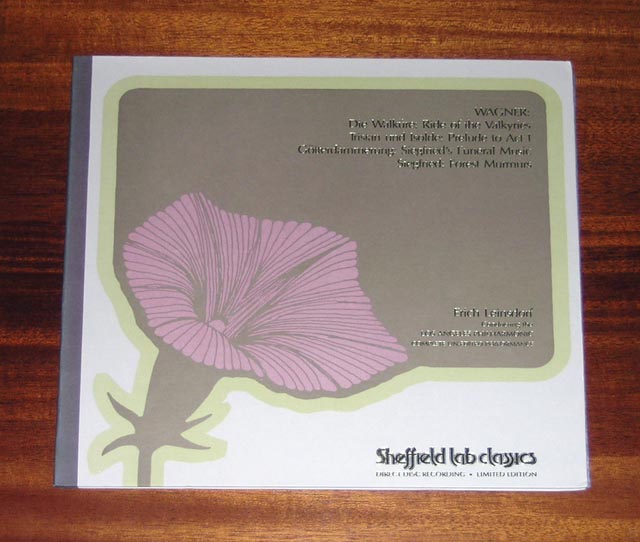Hej Raskolnikov,
Der er forskel på Shefield Labs Direct-To-Disc og DMM (Direct Metal Mastering).
Ved Direct-To-Disc (som f.eks. Sheffield Lab) skippede man båndoptageren og skar masteren direkte -
http://en.wikipedia.org/wiki/Direct_to_Disk_Recording
DMM er en mastering teknik som tager udgangspunkt i en optagelse på bånd:
Mastering Types
DMM
Our standard is Direct Metal Mastering, the newest technology in vinyl manufacturing. The groove is cut directly in copper metal. Transient response is greatly improved. Stampers are plated directly from the DMM Copper Master, eliminating two of the three plating steps required for lacquers. In short, DMM yields better detail resolution and a lower noise ratio. This is especially good for long play albums, or audiophile material.
Lacquer/Stamper
Lacquer is the standard industry technology. It is old but it works. The process involves cutting a master plate (a mirror of the stampers), after which a stamper (a metallic plate that stamps the record) is made. This stamper is then punched into the hot vinyl to create the record. The advantages of this medium are obvious when creating vinyl for dance music. The pressing can at times be louder, and contains more visually appealing grooves. We are one of the few companies to offer both methods of mastering. We realize different customers have different requirements , and as such will accommodate any special requirements. Please call or e-mail for details.
(fra
http://www.recordpressing.com/masteringtypes.html)
Nogle siger at DMM er bedre end Lacquer/Stamper, men jeg er endnu ikke stødt på en Blue Note DMM skive der lyder bedre end den gamle originale udgave.
Mht. Direct-To-Disc, så har jeg nogle Sheffield Lab skiver. De lyder meget godt, men problemet er bare at musikken er død-kedelig og uindspireret. Min egen teori er at muligheden for at editere en båndoptagelse og lave mange takes i studiet er guld værd for de fleste kunstnere. Ved Direct-To-Disc er kunstneren begrænset af teknikken og skal helst ramme plet første gang.

